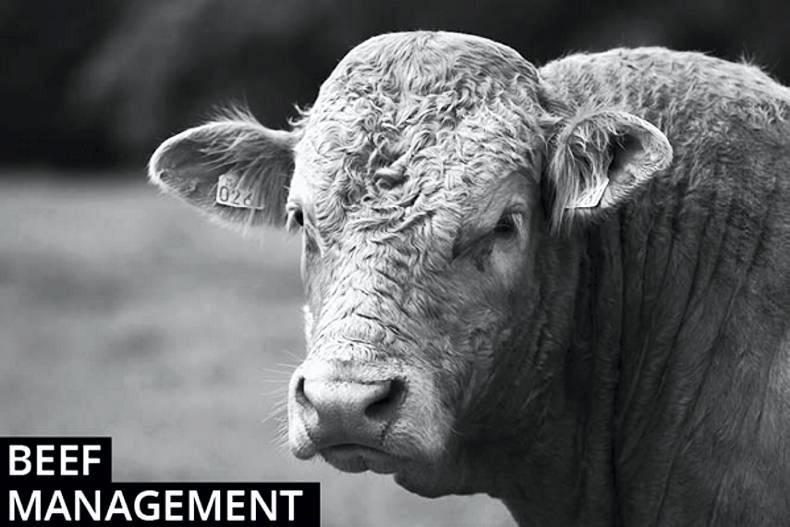Controlling docks and rushes: Weeds have grown far more rapidly than grass in the past few weeks. They have flourished in grazing and silage ground. Rushes have been slower to start growing but with warmer temperatures are starting to move now also. Poor grass growth and difficult grazing conditions combined with some poaching damage resulted in an increase in buttercups in fields. Buttercups are also quite common in old pasture; ragwort is becoming noticeable in farms where there are no sheep present; while rush growth is starting too.
While most weeds are susceptible to herbicides at any time of the year, in the case of ragwort early spring is the only time to take corrective action, as once the plant goes past the rosette stage herbicides will not be as effective; the same goes for docks. The ideal time to spray rushes is when they are in a green, vegetative, growing stage.
MCPA-based products are commonly used for the control of thistles, buttercup, and rushes. Products with active ingredients such as MCPA, and 2, 4-D are most commonly used to control ragwort in grassland. There is also a wide range of products that can control docks. Remember after spraying ragwort it can become palatable. Only trained people should apply chemical sprays. Avoid spraying near watercourses or on waterlogged ground. Ensure product guidelines are adhered to, that products are mixed in the right volume of water and that the application rate is adhered to. Where light infestations are present, spot spraying can be a cost-effective way of dealing with the issue. Ensure that suitable protective clothing is used while handling herbicides and spraying.
Managing purchased cattle and castration: After purchasing cattle, ensure they are placed in sheltered paddocks, especially if they are coming straight out of sheds. Keep a close eye out for any signs of sickness or respiratory problems, as the stress around sale and moving on trailers can trigger an issue. With warmer weather forecast I have received a few queries in relation to farmers thinking of castrating bulls, and particularly purchased weanlings. Before castration, ensure the bull has received a clostridial vaccine. Use a clostridial vaccine that will cover tetanus. Ideally, the primary course and booster should be given four to six weeks apart, depending on the product guidelines. If bulls are over six months of age, remember it will be necessary to have your vet carry out the procedure. In terms of safety, if considering using a burdizzo in a crush, make sure you have ample help and that the bull is properly restrained and cannot move forwards or backwards.
When using the burdizzo each spermatic cord should be crushed twice, one below the other for 10 seconds each along the neck of the scrotum to ensure a complete castration. After castration it is necessary to monitor bulls regularly. Those who are very tender or form large swellings may need veterinary attention.






 This is a subscriber-only article
This is a subscriber-only article









SHARING OPTIONS: